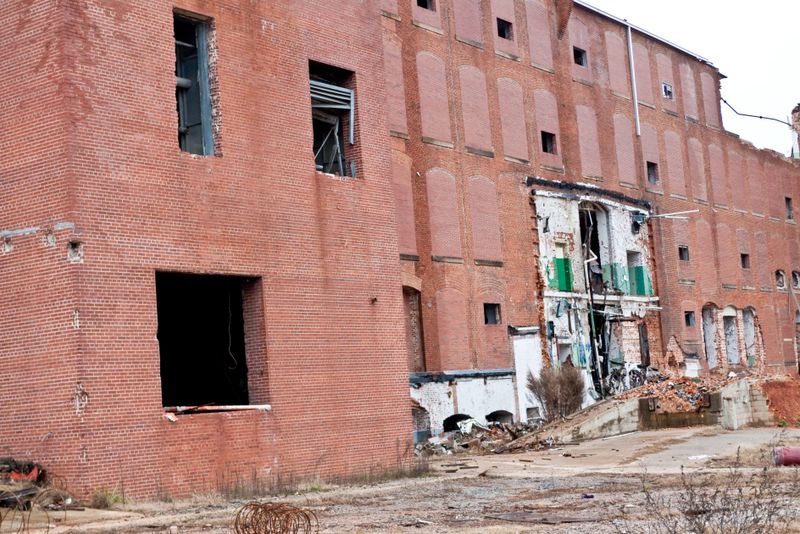Release: “Mill Town Murder”
On the morning of September 6, 1934, in the tiny town of Honea Path, South Carolina, friends and neiYou must Subscribe or log in to read the rest of this content.
On the morning of September 6, 1934, in the tiny town of Honea Path, South Carolina, friends and nei

11 comments
Similar incidents happened at mills all over the Southeast around that time, especially in SC and NC. My maternal grandfather was shot at, along with other striking mill workers, by national guard troops. No deaths, however. Members of my family still living in that town refuse, to this day, to talk about it, though no relatives are still liveing from my grandfather’s generation. The strikers had good reason to think that FDR had their backs, and that he would protect them. Wrong. He needed the support of Southern Dems for most of his New Deal policies too much to help the striking mill workers. One of those things for which Eleanor never forgave him.
Labor unrest was particularly difficult in small towns in the South. Both sides went to the same churches. There kids played together and attended the same schools. That’s partly why there was so much silence for so long.
I believe you’re right, that was a big part of it. We think of the lines of demarcation between the haves and the have-nots as being clearly defined, because it is now that way to a great extent. In the small towns and rural communities of the South, except along the racial divide(s), this was not always so. It really was as you suggest.
Beacham is an excellent researcher on such historical injustices. He has also written extensively of the events surrounding a KKK demonstration, shootout and lynching in the black section of Myrtle Beach in the early ’50s. It took place at a “chitlin’ circuit” juke joint called “Charlie’s Place at Whispering Pines.” Beacham got most of it right, and only erred on a few points. Not bad for for researching a story that has been so intensely covered up for so long.
The name of the textile mills was Chiquola. I don’t know why FITS doesn’t mention it in the entire article. The tragedy did perhaps have some small part in speeding the passage of the Fair Labor Standards Act by FDR soon afterwards.
The strike and ensuing violence were indicative of the extreme ant-union positions of the corporations and most of the political leadership in SC. So here we are eighty years later. So what’s new? Nikki Haley fits right in.
Sic didn’t write it. It’s a news release, probably written by Frank Beacham himself.
Sure some people had to die, some people had to be threatened, some politicians had to be paid; but in the end SC kept the unions out. Just think of where we would be today if we had failed.
Like Detroit?
No, I’m not condoning the violence. Just responding to your hyperbole with a bit of my own.
What part of my comment was hyperbole?
Yeah, we might have a terrible economy, high unemployment, rampant ignorance and violence, and dirt-eating hunger. That would suck, wouldn’t it?
‘The Uprising of ’34’ was on SCETV on Thursday night.
Per the SCETV schedule, it will air again on:
09/08/14, 9:00 pm SCC
09/09/14, 3:00 am ETV
09/25/14, 10:00 pm ETV